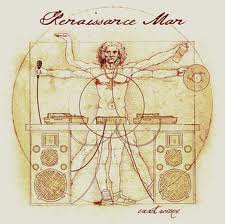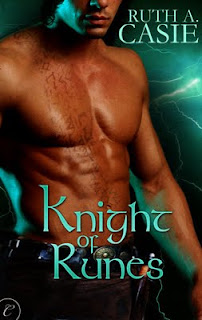It has long
been held that the Renaissance began in Florence, Italy in the 14th century
mostly because of the social and civic uniqueness of the city at that
time. The Renaissance was a cultural
movement that saw the rise of literature, science, art, religion, and politics.
It was an intellectual transformation that bridged the Middle Ages and Modern
era.
been held that the Renaissance began in Florence, Italy in the 14th century
mostly because of the social and civic uniqueness of the city at that
time. The Renaissance was a cultural
movement that saw the rise of literature, science, art, religion, and politics.
It was an intellectual transformation that bridged the Middle Ages and Modern
era.
Women in the
Renaissance were primarily the domestic caretakers of the children and the
household. They were subordinate inferiors of men. Only a few wealthy women
escaped the tasks of making clothes from scratch, the overall maintenance of
the home, and production of food. In the Middle Ages master craftsmen worked
out of the family home. The women of the house not only did their womanly
chores but also took on responsibilities in the family business. In the 13th
century, the family business was removed from the home to larger shops in a
different location. It’s during this
time period that crafts became individual male trades thus removing the women
in the household from participating while she kept house. However, fathers and
husbands who stood to profit from the careers of their daughters and wives were
not likely to oppose their participation. However, this was not a very common
situation. Historians believe women filled a greater variety of professional
roles, had more responsibilities, and had more economic contribution during the
Middle Ages rather than the Renaissance.
Renaissance were primarily the domestic caretakers of the children and the
household. They were subordinate inferiors of men. Only a few wealthy women
escaped the tasks of making clothes from scratch, the overall maintenance of
the home, and production of food. In the Middle Ages master craftsmen worked
out of the family home. The women of the house not only did their womanly
chores but also took on responsibilities in the family business. In the 13th
century, the family business was removed from the home to larger shops in a
different location. It’s during this
time period that crafts became individual male trades thus removing the women
in the household from participating while she kept house. However, fathers and
husbands who stood to profit from the careers of their daughters and wives were
not likely to oppose their participation. However, this was not a very common
situation. Historians believe women filled a greater variety of professional
roles, had more responsibilities, and had more economic contribution during the
Middle Ages rather than the Renaissance.
Like the
Middle Ages, women of the Renaissance were denied all political rights and
considered legally subject to their husbands. A woman was controlled by her
parents throughout her childhood, and then handed directly into the hands of a
husband, whom she most likely had not chosen herself, and who would exercise
control over her until her death or his. Unmarried women were not emancipated
but lived under the subjugation of a male relative or in a convent where she
could become a nun, the only profession allowed to women.
Middle Ages, women of the Renaissance were denied all political rights and
considered legally subject to their husbands. A woman was controlled by her
parents throughout her childhood, and then handed directly into the hands of a
husband, whom she most likely had not chosen herself, and who would exercise
control over her until her death or his. Unmarried women were not emancipated
but lived under the subjugation of a male relative or in a convent where she
could become a nun, the only profession allowed to women.
The heroine
in my book, Knight of Runes, is a 21st century renowned Renaissance scholar.
She is an independent take control person. She has a black belt in martial arts
and is a survival and rescue expert. When she’s tossed back into 17th century
England she’s challenged by the repressive attitudes about women. You’ll have
to read the book to see how she fares but how would you cope and survive? What
would be your biggest challenge?
in my book, Knight of Runes, is a 21st century renowned Renaissance scholar.
She is an independent take control person. She has a black belt in martial arts
and is a survival and rescue expert. When she’s tossed back into 17th century
England she’s challenged by the repressive attitudes about women. You’ll have
to read the book to see how she fares but how would you cope and survive? What
would be your biggest challenge?
Knight of Runes is currently available for $0.99 at the following distributors:
Amazon: http://amzn.to/14jMXOy
KOBO: http://bit.ly/1yjZDiK
iBook: http://bit.ly/17XTxgO



0 Comments